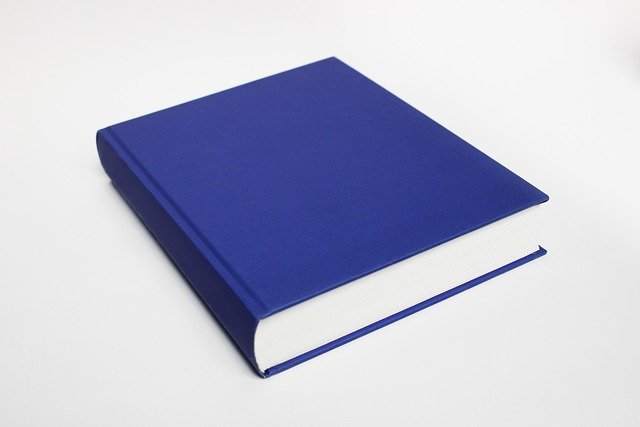In this article, we summarize 10 key learnings from Pema Chödrön’s book, “How to Meditate: A Practical Guide to Making Friends with Your Mind.” These points reflect our personal interpretation of the book’s content.
- Meditation as a Path to Self-Compassion
Meditation is more than just a practice for calming the mind; it’s a tool for cultivating self-compassion. Chödrön encourages readers to embrace their imperfections and vulnerabilities as part of the human experience, fostering a deep sense of kindness toward oneself. - The Importance of ‘Non-Judgment’ in Meditation
Chödrön emphasizes the importance of letting go of judgments during meditation. The goal is not to achieve perfection but to observe thoughts without attachment, allowing them to come and go without criticism or praise. - Embracing Discomfort as Part of the Process
Meditation can bring up feelings of discomfort or unease, and Chödrön teaches readers to stay present with those emotions rather than resist them. This builds resilience and encourages growth in one’s emotional life. - Mindfulness as a Tool for Awareness
One of the central teachings of the book is mindfulness. Chödrön explains how practicing mindfulness through meditation enhances awareness of the present moment, helping individuals break free from the habitual mind patterns that often cause suffering. - Grounding Yourself in the Present
The practice of “shamatha” or calm abiding, discussed in the book, teaches how to ground yourself in the present moment by focusing on the breath. This practice serves as an anchor to help calm the mind when it gets distracted. - Softening the Mind and Body
Chödrön introduces the idea of softening both mind and body during meditation. This involves cultivating gentleness and relaxation, allowing meditators to approach their practice with openness and ease, instead of rigid control. - Accepting the Unpredictability of Thoughts
A key lesson from the book is the acknowledgment that thoughts are unpredictable and uncontrollable. Rather than fighting to suppress them, Chödrön encourages readers to let thoughts flow naturally, observing them with curiosity rather than frustration. - Creating Space Through Breath Awareness
Focusing on the breath is a powerful tool for creating mental space. The author teaches that by returning to the breath, we can momentarily pause the flood of thoughts, allowing clarity and calm to surface. - Developing Patience Through Meditation
Meditation is a practice that requires patience. Chödrön explains that results are not instantaneous, but with consistency and dedication, the practice helps individuals develop patience, not just during meditation but in everyday life. - Meditation as a Lifelong Journey
Finally, Chödrön describes meditation as an ongoing journey rather than a destination. Each session offers new insights and opportunities for growth, reminding readers that meditation is a process to be explored throughout one’s lifetime.
These points offer a glimpse into Pema Chödrön’s wisdom on how meditation can transform our relationship with our thoughts and emotions, helping us cultivate a more peaceful and compassionate mindset.
Conclusion:
If you’re interested in deepening your meditation practice or seeking more clarity in your life, “How to Meditate” provides practical and spiritual guidance to help you along the way.
